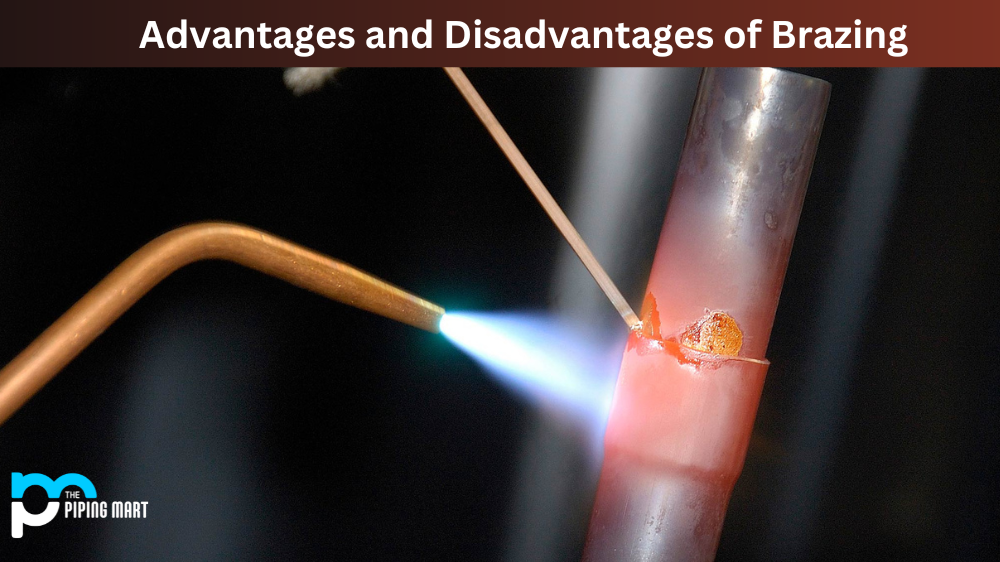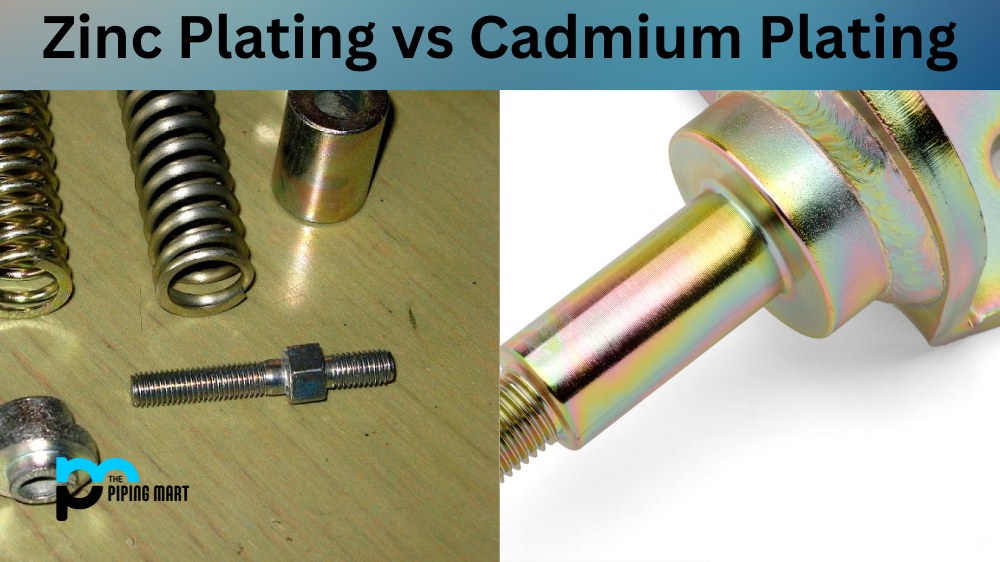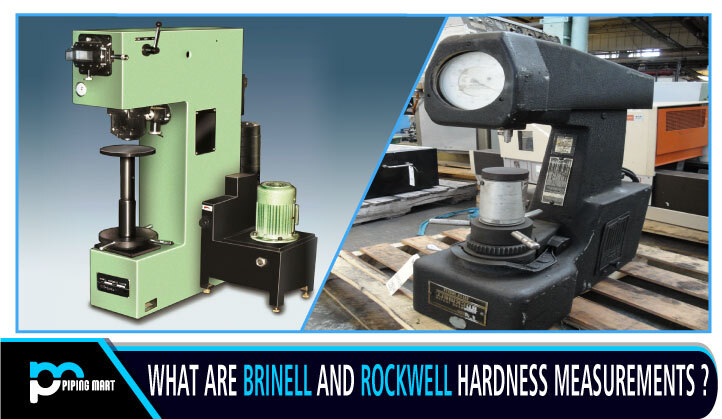Brazing is a metal joining process that involves heating two parts, usually metals, and applying a filler material to join them. It has been used for centuries to create strong connections between all metal components. But what are the advantages and disadvantages of brazing? Let’s take a look.
5 Advantages of Brazing
One significant advantage of brazing is that it can be used on many different types of metals, including steel, brass, aluminum, stainless steel, and bronze. The process is also relatively fast and efficient, as it does not require additional tools or equipment beyond an oxyacetylene torch or flame. Finally, brazed joints have strong bonds resistant to fatigue and vibration, making them ideal for use in applications where strength is essential.
Another advantage of brazing is that it does not require special preparation. Unlike welding or soldering, which require pre-treatment of the metals being joined together, brazing involves cleaning the area with an abrasive pad or brush before beginning the process. This makes it particularly useful when time and convenience are important factors in completing a job quickly and efficiently.
- Brazing is a joining process that produces stronger, more reliable joints than welding.
- Brazing can join dissimilar metals, which is impossible with welding.
- Brazing does not require as much heat as welding, so it is less likely to distort the joined metals.
- Brazing can join fragile pieces of metal that would be difficult to weld.
- Brazed joints are less likely to leak than welded joints.
5 Disadvantages of Brazing
While brazing has many advantages over other metal joining processes, such as welding or soldering, there are also some drawbacks associated with this method as well. One major disadvantage is that it requires higher temperatures than other methods; this means that some materials may not be suitable for brazing because they cannot withstand the heat required for successful bonding. Additionally, some materials may be sensitive to oxidation due to their high melting points; if exposed to too much oxygen during the brazing process, they may become brittle and weaken over time. Finally, brazed joints can sometimes be weaker than welded ones if not done correctly; this can lead to problems such as leakage or cracks developing over time if proper care isn’t taken when creating them.
Limited to Certain Metals
Brazing is a joining process that can only be used on certain metals. For brazing to be effective, the metals must have a low melting point and be able to wet the filler metal. This limits the types of metals that can be joined using this method.
Requires Clean Surfaces
Brazing also requires that the surfaces be joined clean and free of contaminants. Any dirt, grease, or oxide film on the surface of the metal will prevent the filler metal from wetting the surface and creating a strong bond. This can make the brazing process more time-consuming and difficult.
Not Suitable for Large Joints
Brazing is also unsuitable for large joints as it is impossible to create a large pool of molten filler metal. This limits the size and scope of projects that can be completed using this method.
Can Cause Distortion
Another disadvantage of brazing is that it can distort the metals being joined. This is because the filler metal has a lower melting point than the base metals, which causes it to flow more easily. This can lead to warping or other problems with the finished joint.
Requires Specialized Equipment
Brazing also requires specialized equipment, such as a torch or furnace, which can be expensive and difficult to obtain. This can make the brazing process less accessible for many people.
Conclusion:
Brazing offers many advantages for those looking for a strong connection between two pieces of metal without resorting to welding or soldering techniques. It can be used on various types of metals without requiring any special preparation before beginning work; plus, it typically takes less time than other methods while still producing strong joints that resist fatigue and vibration over time. However, like all metal joining processes, there are some drawbacks associated with using this method, including its requirement for higher temperatures which may make certain materials unsuitable for use, and potential weaknesses in joint strength if proper care isn’t taken when creating them. Ultimately, if you understand its potential pitfalls, you should have no problem taking full advantage of all that brazing has to offer your projects!

Abhishek is a seasoned blogger and industry expert, sharing his insights and knowledge on various topics. With his research, Abhishek offers valuable insights and tips for professionals and enthusiasts. Follow him for expert advice on the latest trends and developments in the metal industry.




